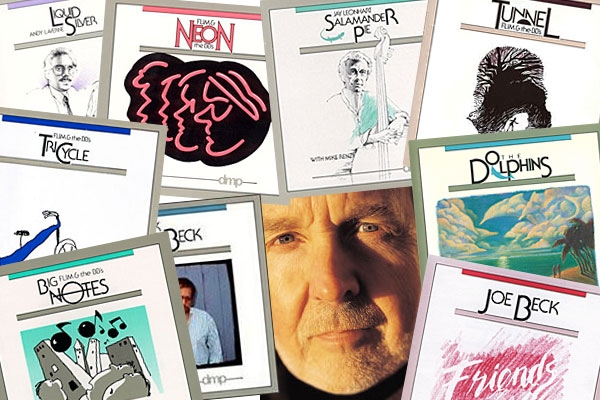| Columns Retired Columns & Blogs |
Digital recording won over respectable companies like dmp and Telarc for important (= audiophile) reasons. And this appreciation for digital recording dates as far back as the late 1970s (as noted in this article).
Recording engineers like Tony Faulkner and Alan Parsons have, similarly, endorsed digital recording AND playback for decades.
It's important to note this in light of analog/vinyl's strange renaissance.







































